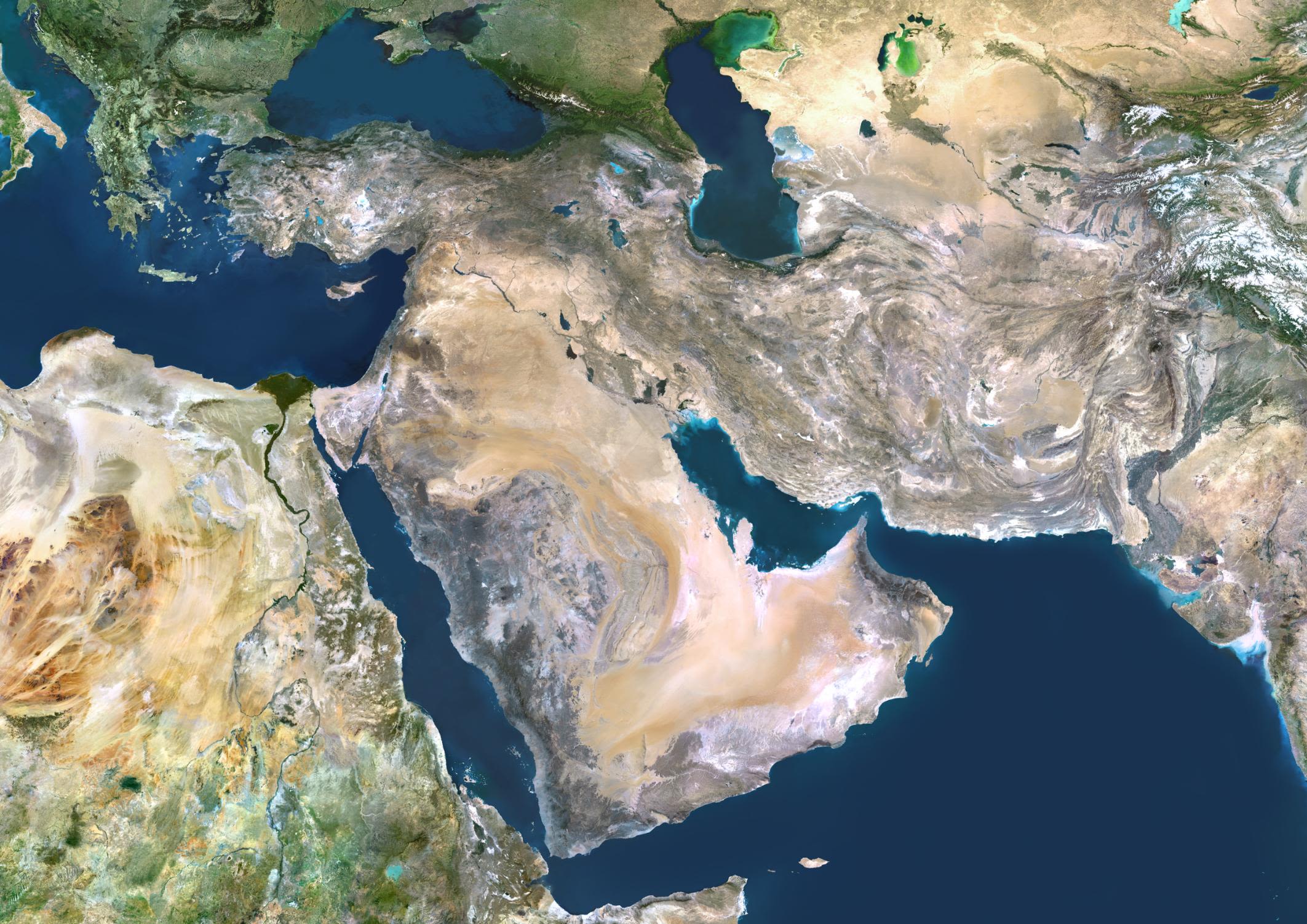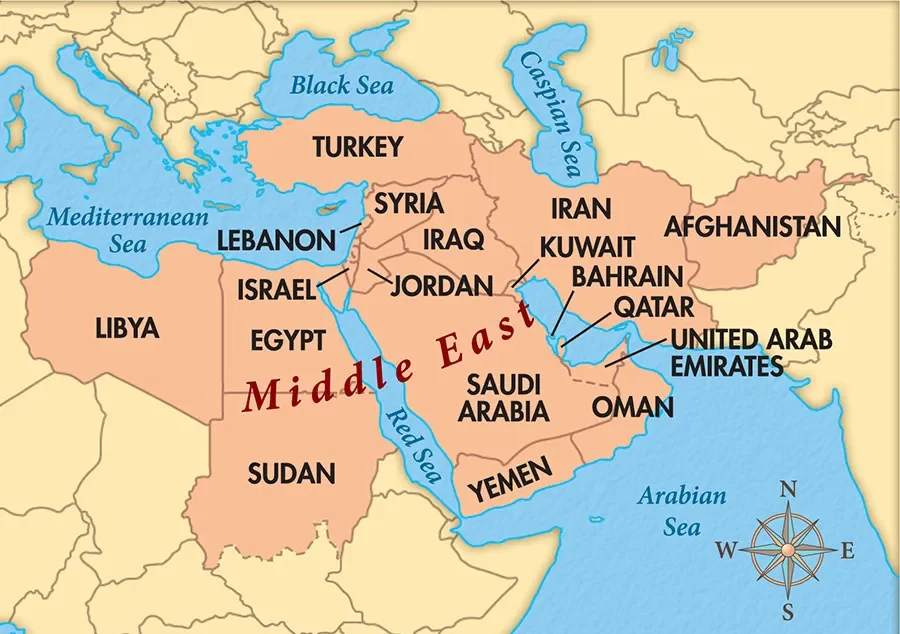

The Middle East, a region known for its vast energy resources, has also emerged as the largest consumer of electricity in the world. With its rapidly growing population, expanding infrastructure, and increasing industrialization, the demand for electricity in the Middle East has skyrocketed. In this essay, we will delve into the reasons behind the Middle East’s status as the largest consumer of electricity and the implications it holds for the region.

One of the primary factors contributing to the Middle East’s high electricity consumption is its significant population growth. The region has experienced a substantial increase in population over the past few decades, which has led to a surge in electricity demand. As more people settle in urban areas and rely on modern amenities, the need for electricity to power homes, businesses, and public infrastructure has multiplied.
The Middle East has witnessed rapid economic development and industrialization, with countries in the region diversifying their economies beyond oil and gas. This shift has led to the establishment of various industries, including manufacturing, construction, and technology sectors, all of which require substantial amounts of electricity to operate machinery and power facilities. As the industrial sector expands, so does the demand for electricity.
The Middle East is known for its scorching temperatures and harsh climate, particularly during the summer months. As a result, air conditioning and cooling systems are essential for maintaining comfortable living and working conditions. The extensive use of air conditioning units, coupled with the region’s long summers, significantly contributes to the high electricity consumption in the Middle East.
The Middle East faces a scarcity of freshwater resources, leading to a heavy reliance on desalination plants to meet water demands. Desalination is an energy-intensive process that requires substantial amounts of electricity to convert seawater into potable water. As the demand for freshwater increases, so does the need for electricity to power these desalination plants, further driving up the region’s electricity consumption.
Many countries in the Middle East offer subsidized electricity tariffs to their citizens, making electricity more affordable and accessible. While this is beneficial for the population, it also contributes to increased consumption. Subsidies can result in inefficient energy use and less incentive for conservation, leading to higher overall electricity demand.
The Middle East’s status as the largest consumer of electricity carries several implications for the region. Firstly, it highlights the urgent need for investment in energy infrastructure to ensure a reliable and sustainable electricity supply. It also presents an opportunity for the development of renewable energy sources to reduce dependence on fossil fuels and mitigate environmental impacts. Additionally, addressing energy efficiency and promoting sustainable consumption practices can help manage the growing electricity demand without compromising economic growth.
The Middle East’s position as the largest consumer of electricity in the world is a result of population growth, economic development, high cooling requirements, water desalination, and subsidized electricity. While this poses challenges in terms of energy security and environmental sustainability, it also presents opportunities for innovation and investment in renewable energy sources. By adopting efficient energy practices, diversifying energy sources, and promoting sustainable consumption, the region can strive towards a more sustainable and resilient energy future.